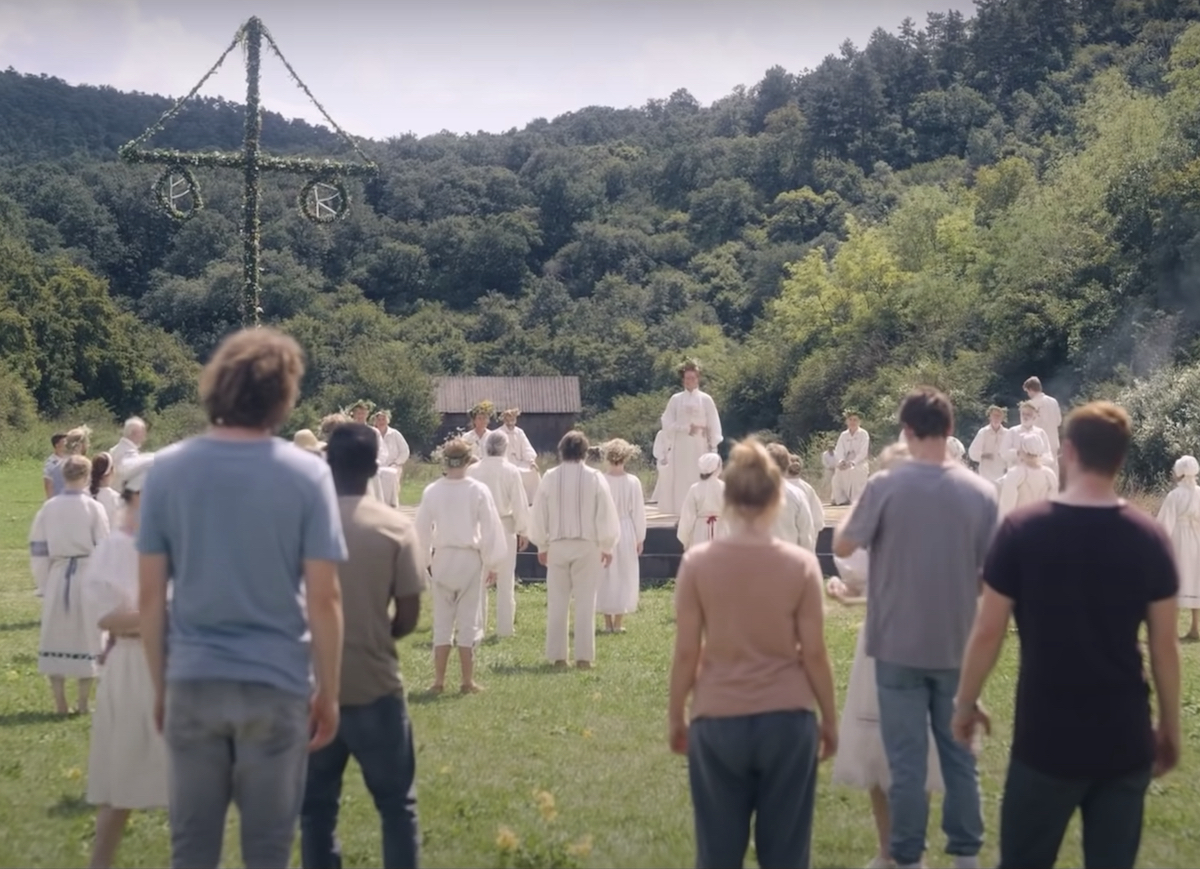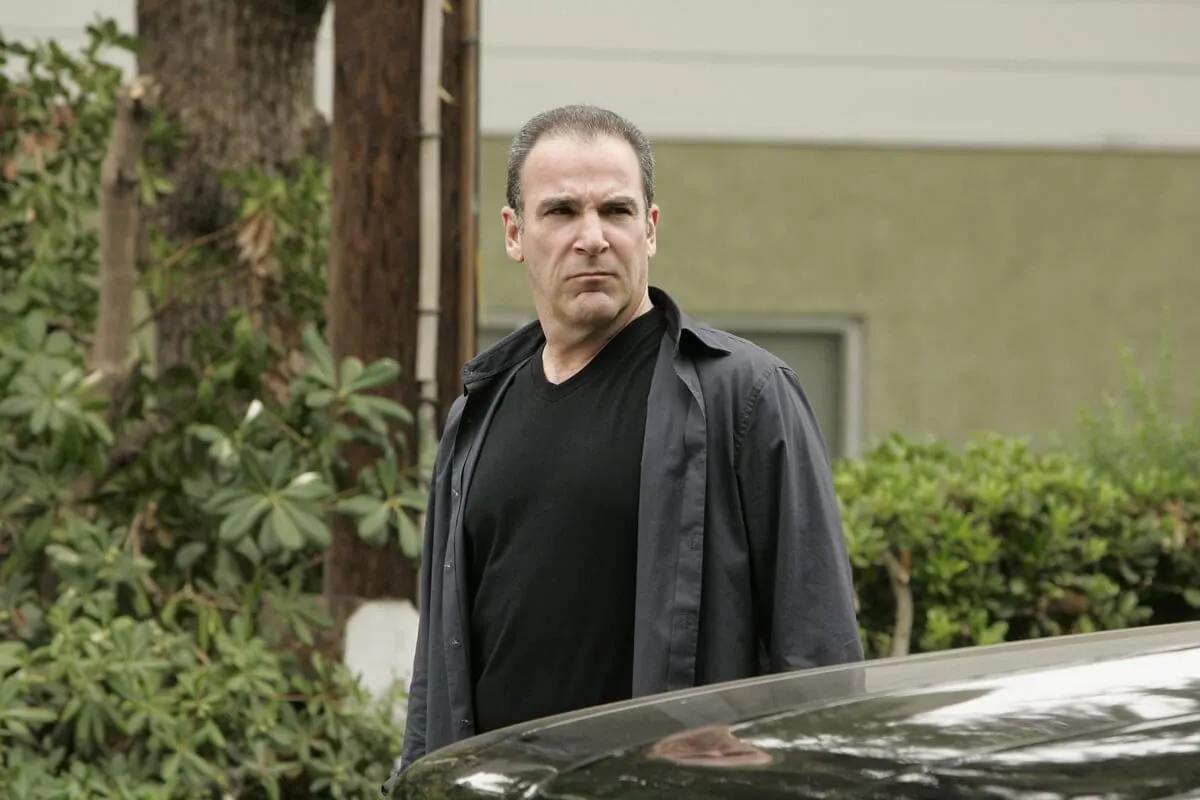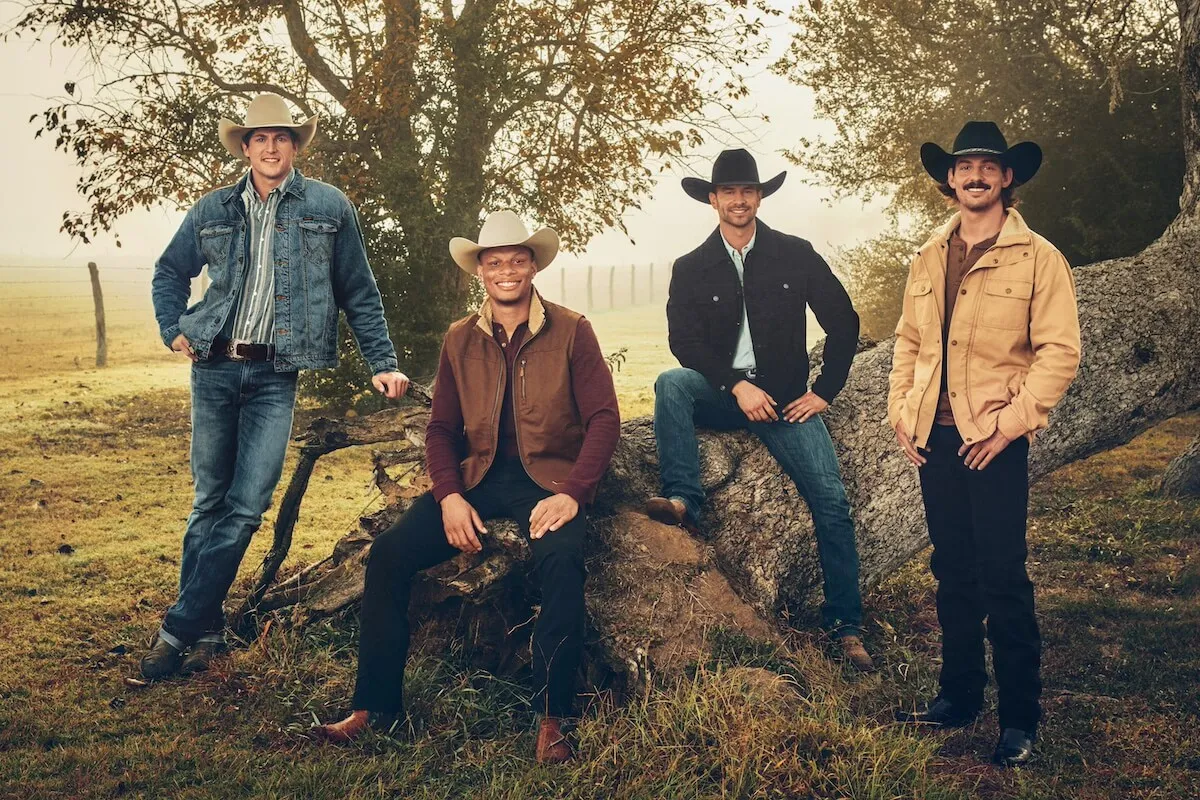‘Midsommar’: All of the Swedish Rituals and References Explained
Midsommar was well received by fans and critics alike. Director Ari Aster’s 2019 thriller takes elements of Swedish folk celebrations and rituals and twists them in a terrifying way.
The sickly-sweet and deadly cult people of Harga, combined with relationship drama, metaphor, and old-fashioned horror make a movie that is creepy and disturbing, delivering a truly mind-blowing ending. Here are the Swedish elements you need to know in order to fully understand Midsommar.
What Swedish audiences thought of ‘Midsommar’
When the movie aired in Sweden, some thought the Swedish people would be offended by traditions being used to create a disturbing horror movie. Swedish film critics, however, felt the movie was an excellent black comedy. In part, this could be due to the twisting of tradition and the overexaggerated emotional displays pulled off by the cast.
Mostly, though, wider audiences found the combination of cult fervor and ritual, accompanied by a chilling musical score and incredible performances to be super creepy, frightening, and psychologically disturbing, particularly the ending scene.
Swedish rituals and imagery in Ari Aster’s ‘Midsommar’

The Maypole dance is steeped in Swedish tradition, reports Borton Overseas. It’s not only a festive way to welcome spring, but also a ceremony to encourage fertility. Others believe it is a link between earth, heaven, and the underworld.
Eating pickled herring is also a Swedish tradition, as is the use of flowers seen throughout the movie. However, the similarities end with the depiction of ritual sacrifice and the other disturbing scenes featured in Midsommar.
The use of language is another way the director creates a sense of isolation and confusion in the story. Viewers note that most of the Swedish dialogue is not subtitled — a deliberate decision. The name Harga actually comes from the legend of Hargalaten, a common folk song in Sweden.
Midsommar fans noticed beautiful embroidered clothing, runes, and other images prevalent in the thriller. They added to its visual beauty and somehow makes the horror aspect of the film even more compelling. All in all, the combination of accurate rituals, a beautiful setting, raw emotion, and outright violent horror make Midsommar a must-see for horror fans.
‘Midsommar’ facts and connections you need to know
Some people might wonder if the 2019 film is somehow related to the 2003 Danish cult classic film called Midsommer. There is no connection — although both are horror films set in Sweden, according to IMDb. There is, however, a connection between Midsommar and Hereditary. American entertainment company A24 produced both films; Aster directed both.
Another noteworthy fact: While the movie was set in the Swedish countryside, most of it was filmed in Hungary. While several of the core rituals were either altered or entirely made up, some were accurate. Dancing around the Maypole is a tradition that lives on today. Picking flowers while walking backward, eating heavily salted herring, and other traditions are accurately depicted.
There is a lot going on in the movie that viewers may miss. Some may notice subtle things like Josh’s Nike trainers. Was this a deliberate reference to the Heaven’s Gate cult or simply a coincidence?
Some critics and viewers also theorize that the events taking place in the movie were set up from the beginning. Astute observers couldn’t help but notice the flowers in Dani’s parents’ bedroom. Did Pelle murder Dani’s parents and sister?
The biggest question: Can you bring yourself to watch such a scary movie twice so you can catch all of the Easter eggs? Or, better yet, watch the director’s cut to witness 24 additional minutes of intense horror. Even Jordan Peele found the movie insanely disturbing but also greatly enjoyed it.


